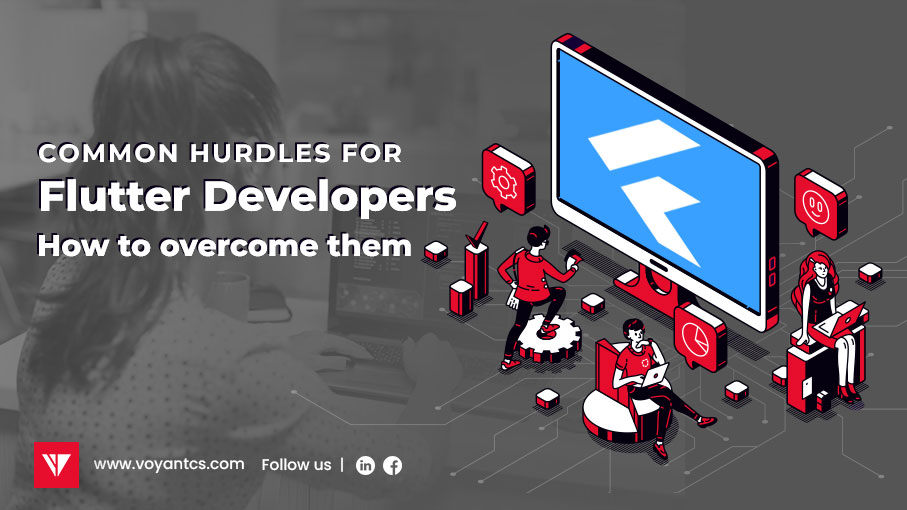Flutter is a framework that has seen significant growth in recent years, and it promises continual evolution. As developers and companies continue to choose it for high-quality mobile and web applications, it will become a powerful tool for modern, high-performance applications. Flutter presents some challenges, however, these are not impossible to overcome.
Challenges in Code Generation
Troublesome code generation can also arise when working with JSON serialization. Additionally, setting up code generators may require boilerplate setup for each class. Despite these challenges, code generation in Flutter offers significant benefits, such as reducing errors and improving development speed. By understanding and addressing these hurdles, developers can leverage code generation to build high-quality Flutter applications.
Problem of Installation
Developers of Flutter apps often face challenges in installing the Dart SDK, ensuring cross-platform compatibility, learning the language, optimizing app performance, designing intuitive user interfaces, debugging bugs, integrating third-party libraries, state management, documentation and community support, and staying updated with the latest features. These challenges can be resolved by running flutter upgrade –force in the terminal, ensuring compatibility across different devices and operating systems, and overcoming the learning curve. Despite these challenges, Flutter apps continue to grow and improve, making them a valuable tool for developers.
Restrictions on Third-Party Libraries
Although there are more packages and plugins available for Flutter than for more seasoned frameworks like React Native, the framework is still relatively new. As a result, there are fewer third-party libraries available for it.
Steep Learning Curve
One common hurdle is the steep learning curve. There may be a high learning curve for people who are not already familiar with the Dart programming language, which is utilized by Flutter, making it difficult for certain developers. Flutter requires developers to have experience in Java or Kotlin for Android or Objective-C or Swift for iOS1. Additionally, Flutter’s reactive programming model and widget-based architecture may require developers to learn new concepts and paradigms
Restrained Corporate Adoption
Despite the fact that, Flutter has become quite popular among developers, it is still a relatively young framework, and as a result, big businesses have not adopted it as widely as they have done with more seasoned frameworks.
UI components
Complex or unique UI elements might be more challenging to create using Flutter since its UI components need to be maintained and documented more than those of other mobile development frameworks.
App Size
It is preferable to build an app that won’t force users to delete it in favor of priceless images or a music collection since they have limited storage space on their phones. Programmers typically steer clear of animations, keep the amount of libraries and packages to a minimal, or compress pictures to reduce software size. Given that Flutter features built-in widgets, a minimum app size surpasses 4MB, which is significantly larger than native apps written in Kotlin (550KB) and Java (539KB). To be fair, its rivals have a similar—and maybe worse—issue: the release versions of Xamarin and React Native both take up over 16MB and 7MB, respectively.
Flutter is a promising choice for desktop, web and mobile app development. These hurdles are not insurmountable, and with practice, experience, and community support, developers can overcome them to build high-quality Flutter applications. The framework will continue to expand and improve as a result of Google’s commitment in it and the sizeable developer and user community. Flutter is a potential option for developing cross-platform mobile, web, and desktop apps because of its adaptability and emphasis on design and speed.
